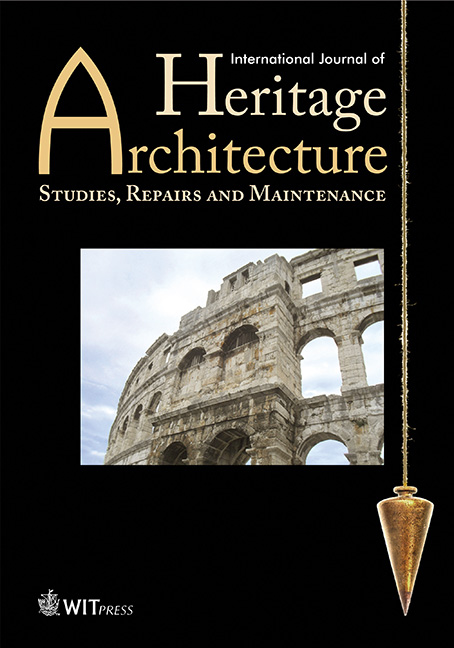CASE STUDIES ON TWO FORTIFIED CITIES IN MONTENEGRO: KOTOR AND ULCINJ
Price
Free (open access)
Volume
Volume 1 (2017), Issue 2
Pages
9
Page Range
153 - 162
Paper DOI
10.2495/HA-V1-N2-153-162
Copyright
WIT Press
Author(s)
M. RAMELLA GAL
Abstract
Kotor and Ulcinj, on Montenegrin coast, both played extremely important defensive roles in the past. Both of ancient origin, they had their moment of major development in the Middle Ages, when they were equipped with walls to defend themselves from both maritime and terrestrial activities.
In the Serenissima period the transformations of the defensive structures were implemented in both cities, but Ulcinj ended up being Venetian foundation in 1571 to become a pirate headquarters; Kotor instead, thanks to its strategic geographic position in the bay, remained under the rule of the Venetian Republic until its fall.
Today the original defensive structure of both cities has been conserved and enhanced: if Kotor focuses on the conservation of them as a strategic point for the landscape enhancement, Ulcinj leverages its sublime location overlooking the sea to intercept a maritime tourism.
Both were selected by the Montenegrin Ministry of Culture for the candidacy to the World Heritage List, participating with Croatia and Italy with a serial site.
The international cooperation target is put beside the aim of gaining increased worldwide visibility, definitely promoting the tourist offer but at the same time supporting the aspect of sustainability, participation and training, creating national and international networks to promote research on the fortified architectures.
Keywords
fortified city, Montenegro, sea defence, UNESCO, Venetian defence




